Tibet’s Nyingchi persists with afforestation resulting in restored biodiversity
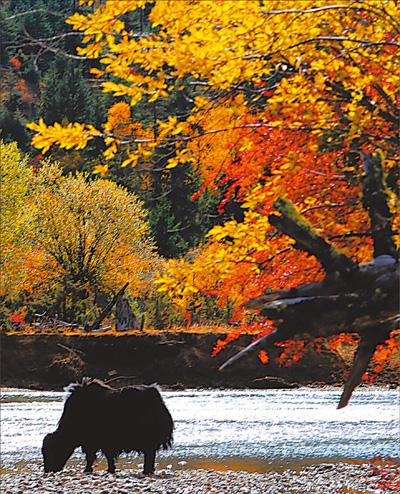
Autumn trees.
Early morning clouds linger in Tashigang village, Lulang, Nyingchi, Tibet. The pastures at the village entrance, surrounded by wooden fence, are already golden.
Villager Padma Chodron has a family of seven and has been running a family guesthouse for six years. The wooden cabin next to the rooms is full of ready-prepared strips of Tibetan pork and gives off a delicious smell.
“Of the 68 families in the village, 48 have opened family guesthouses, with an average annual income of 130,000 yuan,” said Padma, director of Tashigang village committee. Thanks to forest restoration and protection, the villagers are becoming more and more wealthy.
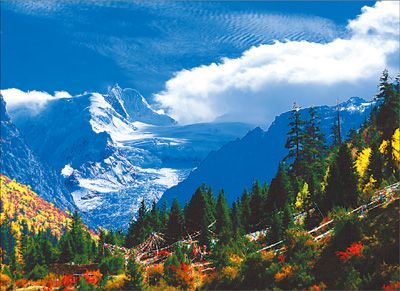
Pome’s Midui Glacier in Autumn.
“It’s much easier to destroy a forest than to restore one, so protecting the ecological environment is a must for forestry people”
The many fir and spruce trees in Nyingchi tower into the clouds. These rich forest resources were once the main source of wealth for Nyingchi. Before the logging ban, in Nyingchi’s seven counties (districts) each person had four to five logging camps, and Lulang Forest Farm was one of the main forest farms in the Bayi area. When prices for timber were at their highest, pine wood could be sold for 300 yuan per cubic meter and tall and straight wood for up to 500-600 yuan per cubic meter. Apart from professional logging teams, farmers also went up the mountain logging.
Yang Jiayou, deputy director of Tibet Linsheng Sengong limited liability company, came to work in Tibet in 1991 and has already been working in the forest industry for 25 years. “Although my specialty lies in logging, seeing all these falling trees leaves me torn,” said Yang Jiayou. “It’s much easier to destroy a forest than to restore one, so protecting the ecological environment is a must for forestry people.”
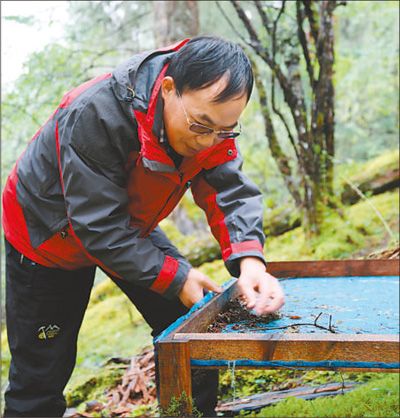
Lujie inspects the fallen leaves in the forest.
Forest coverage at Lulang Forest is increasing at an annual rate of around 5%
Slogans like “The forest is for beauty and wealth”, “Everyone is an ecological guardian” and others can be seen everywhere in Nyingchi.
In the late 90s “wood finance” began to fade-out in Nyingchi. Lu Jie, vice professor at Tibet College of Agriculture and Animal Husbandry’s Plateau Ecology Research Institute, said that forest coverage at Lulang Forest is currently increasing at an annual rate of around 5%. Apart from a few roads and buildings, the forest has basically reached its limit. For more than ten years, vegetation restoration, sand control and afforestation projects have been implemented in key areas, leading to restoration of biodiversity and forest coverage has reached 47.6%.
“After reformation of state-owned forest farms, we mainly take responsibility for public services provided by the government, such as afforestation, nursery garden development and others,” said Yang Jiayou. Currently, the company’s afforestation efforts have spanned 15,000 mu (1000 hectare) in key areas.
At the bank of the Yarlung Zangbo River in Milin County, an area of sand covered in “Cosmos” attracts people’s attention. According to Zhao Qing, a member of staff at Nyingchi Forestry Bureau, a new experiment aimed at controlling dunes started this year. “We spray the dunes with seeds containing biological fibers with beneficial bacteria and after they grow wind prevention and sand stabilization follows”.
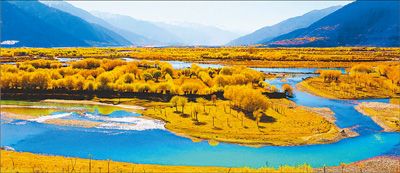
Niyang River
Good returns from forest protection as 484 forest farmer families benefit from eco-tourism
"Since 2011 Nyingchi has already restored 122 mu of forest land, including desertification prevention and control across more than 400,000 mu(26,666 hectares) of land.” Zhao Qing said that afforestation work has taken a turn from the previous forest protection to establishment of the urban landscape, “two roads” (Lhasa-Nyingchi Railway and Lhasa-Nyingchi high-level highway) of afforestation and an economic forest industry.
“There is basically no more excessive deforestation; the main concern now is prevention of forest fires.” Nowadays, Tsering Buga’s daily work involves patrolling Lulang Forest with seven other team members. Tsering Bhuga earns 2000 yuan per month and with additional income from ecological compensation, his annual income is in the tens of thousands. In 2014 Nyingchi started building a public forest management and protection team. Across the city’s seven counties (districts) there are a total of more than 100,000 people involved in public welfare forest management, managing and protecting an area of 4,461 mu of public forest.
The Nyingchi people have reaped the best rewards from forest protection. In April and May they dig up caterpillar fungus; from July to September they pick Matsutake, mushrooms, Gymnadenia conopsea and Tibetan medicinal materials including wild Gastrodia, Ganoderma lucidum and others. Also, the charming autumn landscape of Nyingchi Yarlung Zangbo River Canyon, Niyang River and Lulang forest attract many tourists from home and abroad. Similar to Tashigang village, 484 forest farmer families in Nyingchi have opened family guesthouses and are reaping the benefits of eco-tourism.
Your Comment
Name E-mailRelated News
-
;
-
-
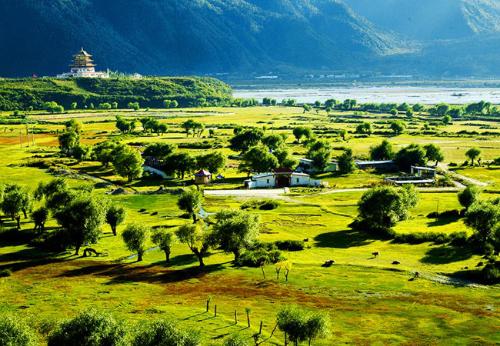
-
2016 Nyingchi Yarlung Tibetan Eco-Culture Tourism Festival opens
In the morning of September 26th the 2016 Nyingchi Yarlung Tibetan Eco-Culture Tourism Festival opened with the theme “peaceful humanity and beautiful Nyingchi”.
-
-
-

-
Yarlung Zangbo eco tourism festival to open in Nyingchi
The Yarlung Tsangpo eco tourism festival will open from September 26 to 30 in Nyingchi with the theme of “Peaceful Humanity and Splendid Nature in Nyingchi”.
-
-
-
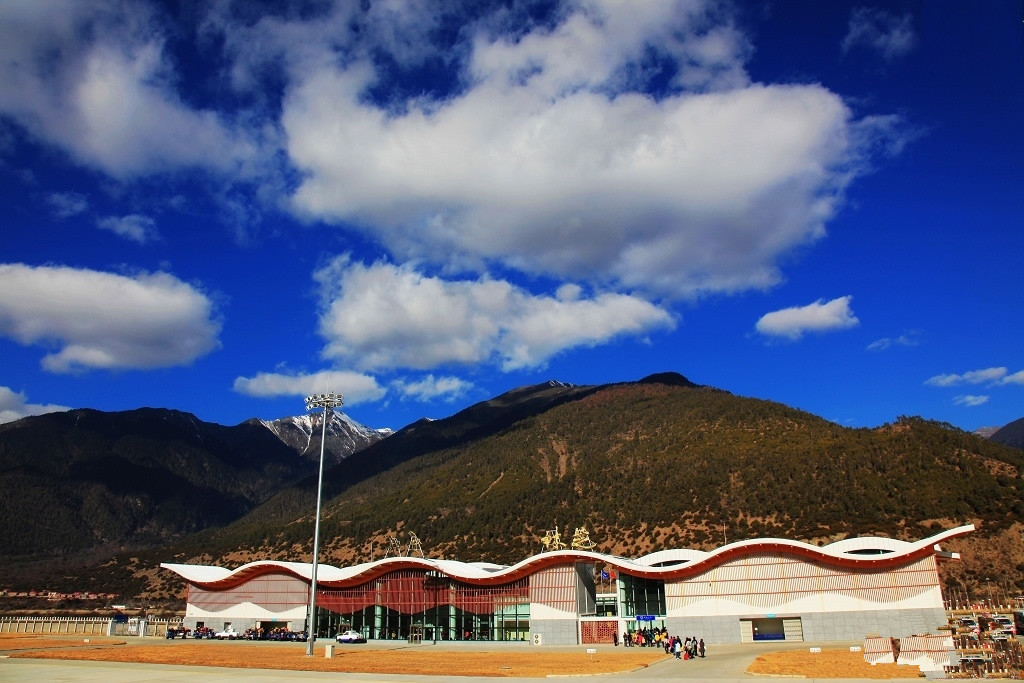
-
Nyingchi Airport promotes Tibet's development in 10 years
Nyingchi Airport has greatly promoted develpoment in past ten years.
-
Based in Lhasa, Tibet Vista is a Tibet travel agency that specialized in Tibet permit, and Tibet tours for both private and group travelers at a local price!
•4 Days Lhasa City Group Tour from USD 460 •8 Days Everest Base Camp Group Tour from USD 850 •15 Days Mt.Kailash Group Tour from USD 1780 •2016 Tibet Train Tours from Beijing, Shanghai, Chengdu, Xining,etc










